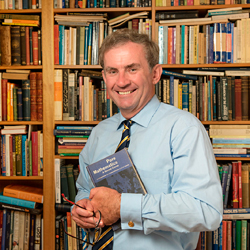HSC Physics Binding Energy
/One of the most misunderstood concepts in the quanta to quarks section of the current NSW HSC Physics syllabus is binding energy. Listed below are some tutorial points on this concept.
- The binding energy of a nucleus is the work that must be done on the separate nucleons to assemble them from an initial state where they do not influence each other into the final nucleus.
- Binding energy has a negative sign.
- A lone proton or neutron has no binding energy.
- The total energy of a nucleus is the sum of the rest energy of each component particle and the binding energy of the nucleus.
- Energy is released in a nuclear reaction when the product nuclei are more strongly bound (more stable) than the initial nuclei (less stable).
